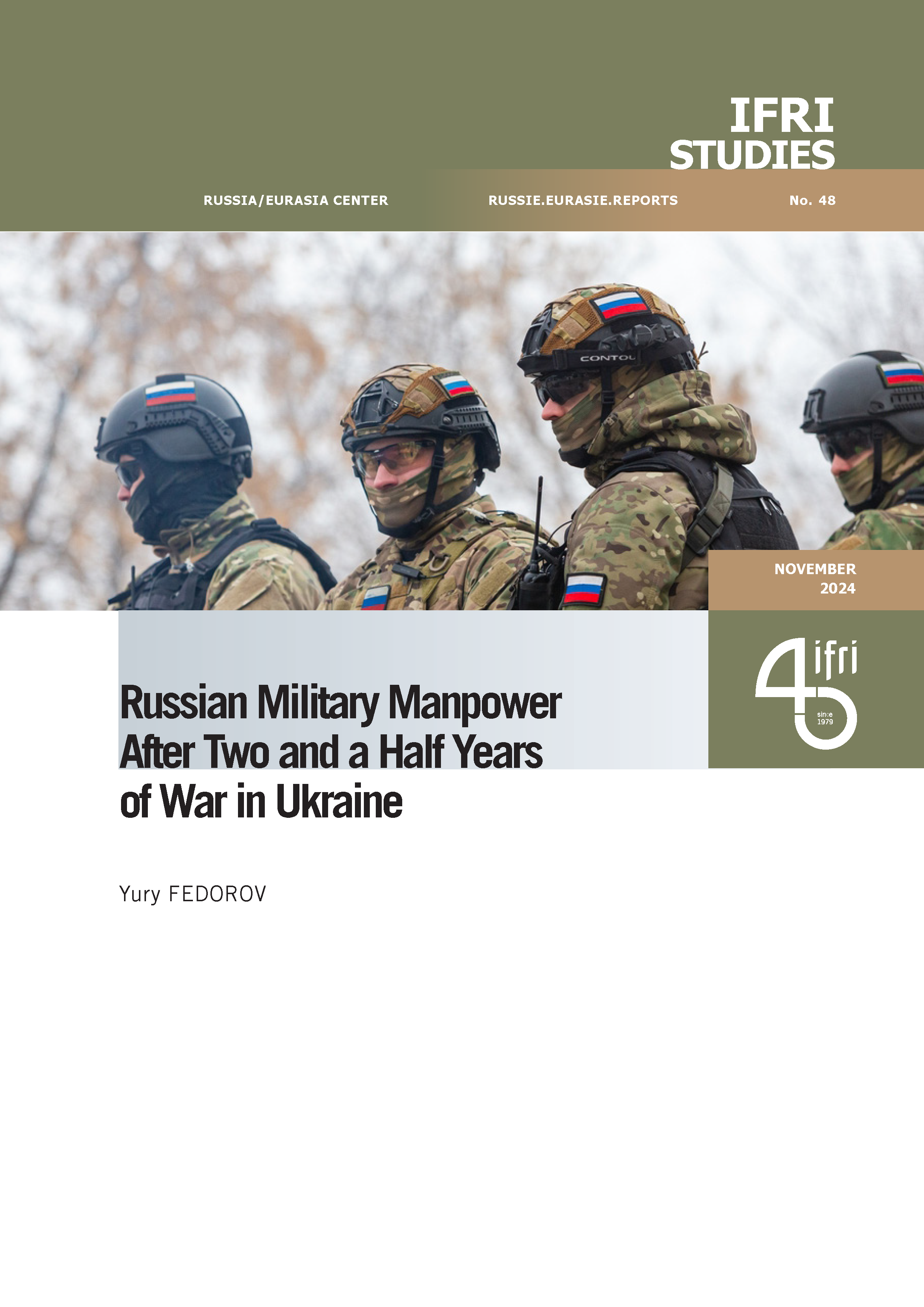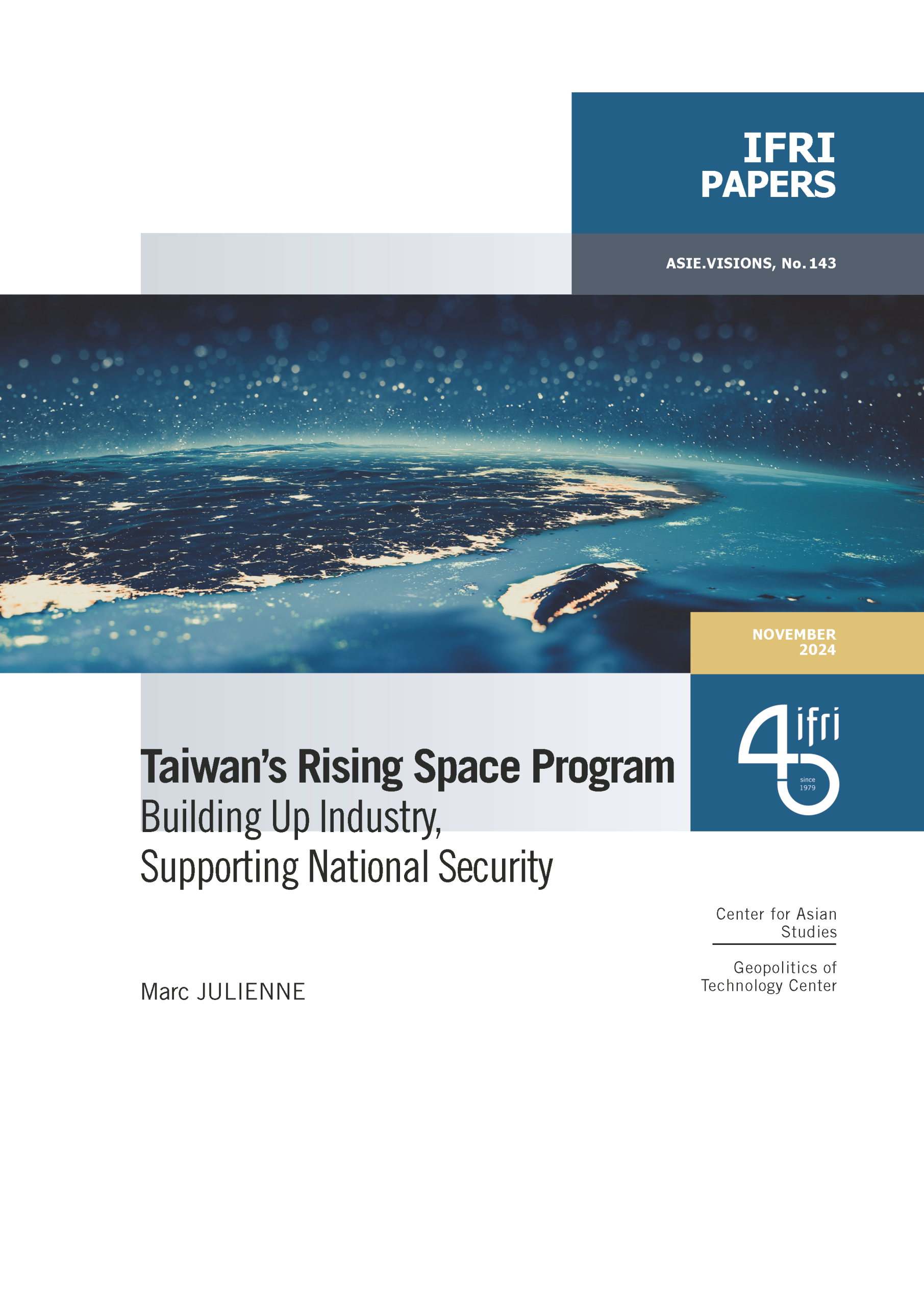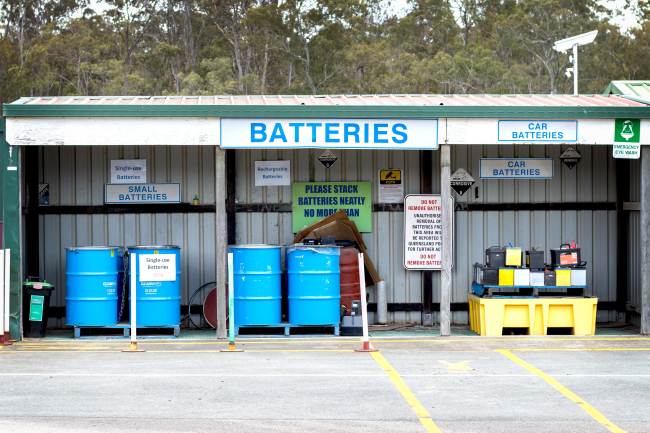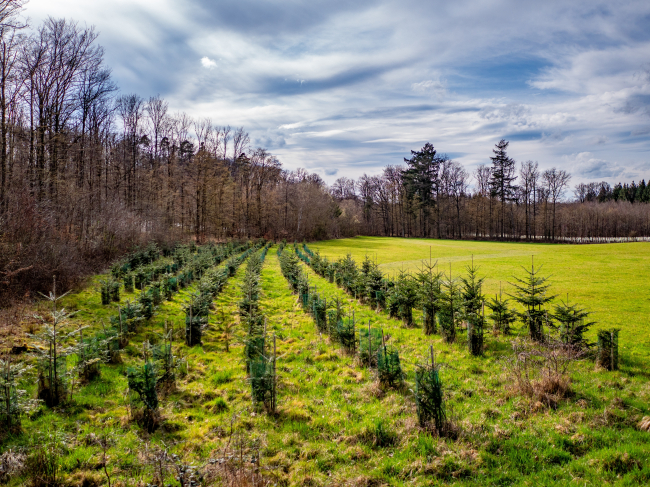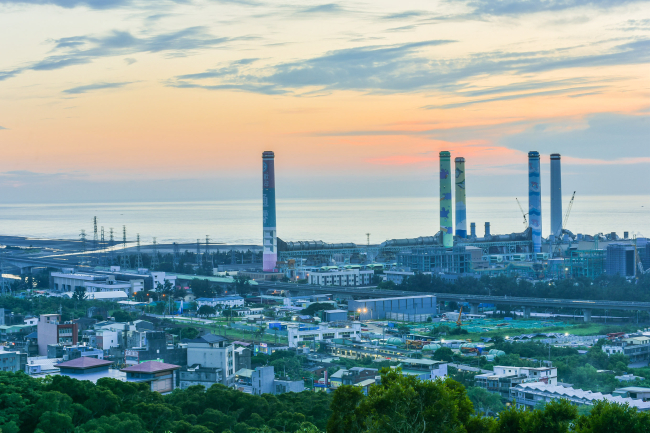How Can the Green Deal Adapt to a Brutal World?
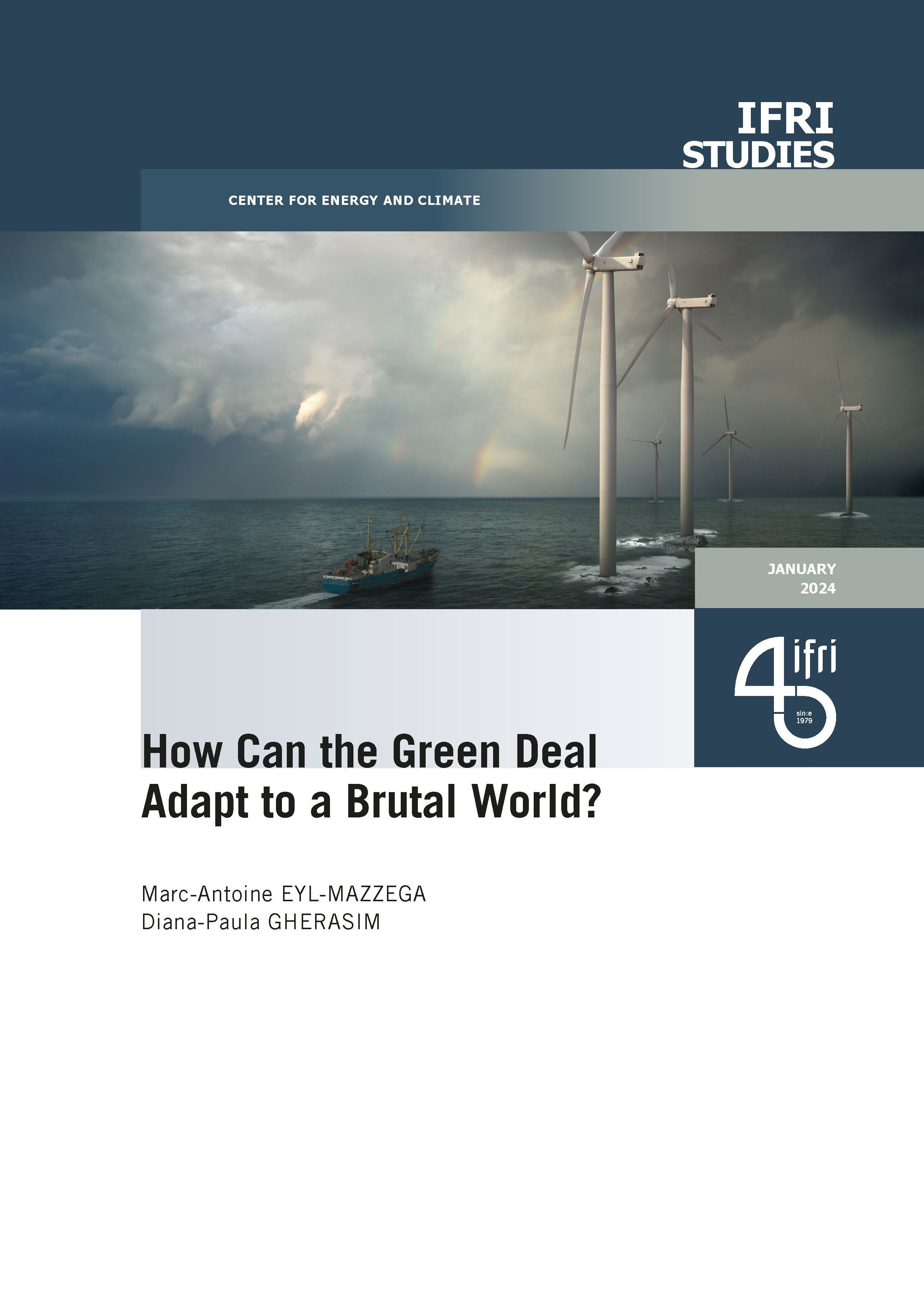
The European Green Deal has not been planned for the current extraordinarily deteriorated internal and external environment. Russia’s war in Ukraine, higher interest rates, inflation, strained public finances, weakened value chains, and lack of crucial skills pose unprecedented challenges.
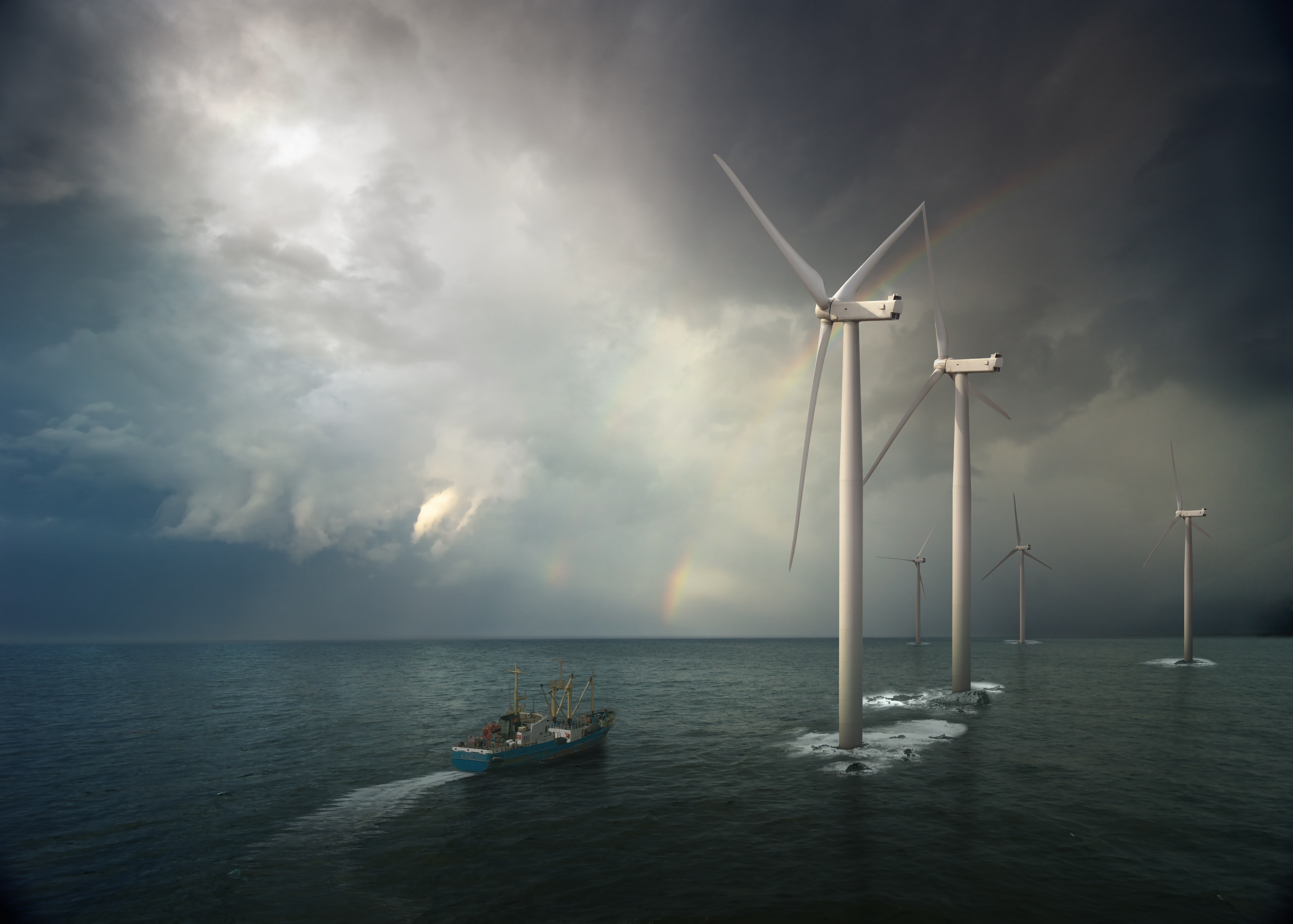
Additionally, insufficient global decarbonization efforts and a global economic and technological confrontation, notably via the weaponization of interdependencies and trade distortions, as well as the multiplication of malign actions, are profound game changers that require a strategic rethink and readjustments.
The outlook is dire: while in the past, the European Union (EU) has been ultimately reinforced through crises, this pattern could now be disrupted as the EU could be increasingly overwhelmed by a succession and multiplication of overlapping crises, leading into unchartered territory. The EU will have overspent well over 600 billion euros (bn€) in energy imports that could have been allocated for the energy transition, and governments spent roughly the equivalent on energy crisis alleviation measures. Both numbers are overwhelming. The risk is that the EU continues to slip into a situation where it effectively decarbonizes, yet not due to modernization and effective policies but as its energy-intensive industries shut down further, in having low Gross Domestic Product (GDP) growth figures, growing import dependencies, non-functioning institutions, eroding support, fragmented markets.
The European Commission (EC), the Parliament and Member States (MS) need to face several realities:
- Targets were raised, and there is progress in key areas such as solar photovoltaics (PV) deployment, heat pumps, and energy savings due to price signals, but meeting them is extremely difficult. Costs for mitigation investment (at least +30% due to inflation and interest rates) and adaption (as 1,5°C is out of sight) are soaring. Investment is not following suit because value chains are weakened, projects are too risky or not profitable enough, and they require large subsidies. The strategic energy-intensive industries may well erode further. Governments have fewer financial resources when they need to spend massively. Citizens were unprepared for war-related inflation and now have to cope with the energy transition inflation, and governments have no viable plan for effectively implementing an accelerated and just transition.
- Leading powers now jeopardize the EU’s competitiveness. China’s exports to Europe have been growing in a tsunami fashion, with the trade disbalance increasing from 200bn€ to nearly 400bn€ in two years, 1 in a context of massive over-capacities building up in China and its large direct and indirect subsidies, a situation that could get worse giving EU’s looming industry and value chain crisis. At the same time, policies by the United States of America (USA) are increasingly aiming at building resilience (Chips Act, Infrastructure Bill), economic security (Foreign Entities of Concerns) and localizing low carbon value chains in the USA (Inflation Reduction Act [IRA], tariff barriers), with decarbonization and targets coming second. The IRA has its limits but sets standards for simplifying state aid schemes. China’s lead in raw materials, batteries, solar PV, and digital systems is simply breathtaking and may well be replicated in hydrogen, offshore wind, and nuclear. Transitioning without China is impossible. Transitioning while embracing China is potentially deadly if insufficient safeguards are put in place. EU’s resilience will depend on its ability to establish and implement precise, predictable, and reciprocal rules of the game. Meanwhile, the USA has a much stronger potential for economic growth and concentrates global savings and venture capital. It is striking that the EU’s trade advantage with the USA has been shrinking to 150bn€ in 2022 (while having a population larger by over 100 million).
- The EU is at a fundamental economic disadvantage because it imports all its hydrocarbons, does not produce enough low-carbon technologies, and does not deploy them quickly and massively enough.
- Industries are facing high energy and carbon prices, stringent non-financial disclosure requirements, and Environmental, Social, and Governance (ESG) constraints. Despite efforts to adopt cleaner practices, the transition is not yielding a distinct competitive edge against international counterparts. Many energy-intensive industries, banks, and energy companies are already shrinking, and leading automotive companies and low-carbon equipment suppliers are at risk. The EU is now a price taker for all commodities and has almost no capacity to influence them. In turn, China, the USA, Saudi Arabia, and the security of maritime routes matter decisively. The EU will always be at a cost disadvantage compared to its main competitors, which are also its current and future energy suppliers (notably low-carbon hydrogen [H2] products). It also faces a risk with industries in its mainland being at an energy disadvantage versus those at the peripheries and coasts. These risks could be overcome through a thriving economy and demography, renewed productivity gains, best-in-class infrastructure, reinforced education and skills, innovation, and a deeper internal market. Hence, all these factors need to stop eroding. Germany’s constitutional and political bottlenecks not only put Germany’s transition in jeopardy at a time of negative growth but also have already very problematic impacts on the EU.
Current responses demonstrate an evolving understanding of the issues. Yet, there is a notable shallowness in recognizing their systemic nature, magnitude, and the potential existential threats they pose to the EU. Citizens are right to become nervous but make the wrong choices in increasingly supporting populist leaders, not least because others are not convincing anymore. EU’s decarbonization must go hand in hand with resilience and public acceptance, hence why the traditional energy policy trilemma has a quintuple-dimension.
This study has identified ten key points that need to be addressed with priority to adjust the Green Deal to a brutal world, bearing in mind that much lies in the hands of governments who need to get their act together to implement what has been decided in the Fit for 55 package and beyond ...

Available in:
Regions and themes
Share
Download the full analysis
This page contains only a summary of our work. If you would like to have access to all the information from our research on the subject, you can download the full version in PDF format.
How Can the Green Deal Adapt to a Brutal World?
Related centers and programs
Discover our other research centers and programsFind out more
Discover all our analysesEurope’s Black Mass Evasion: From Black Box to Strategic Recycling
EV batteries recycling is a building block for boosting the European Union (EU)’s strategic autonomy in the field of critical raw minerals (CRM) value chains. Yet, recent evolutions in the European EV value chain, marked by cancellations or postponements of projects, are raising the alarm on the prospects of the battery recycling industry in Europe.
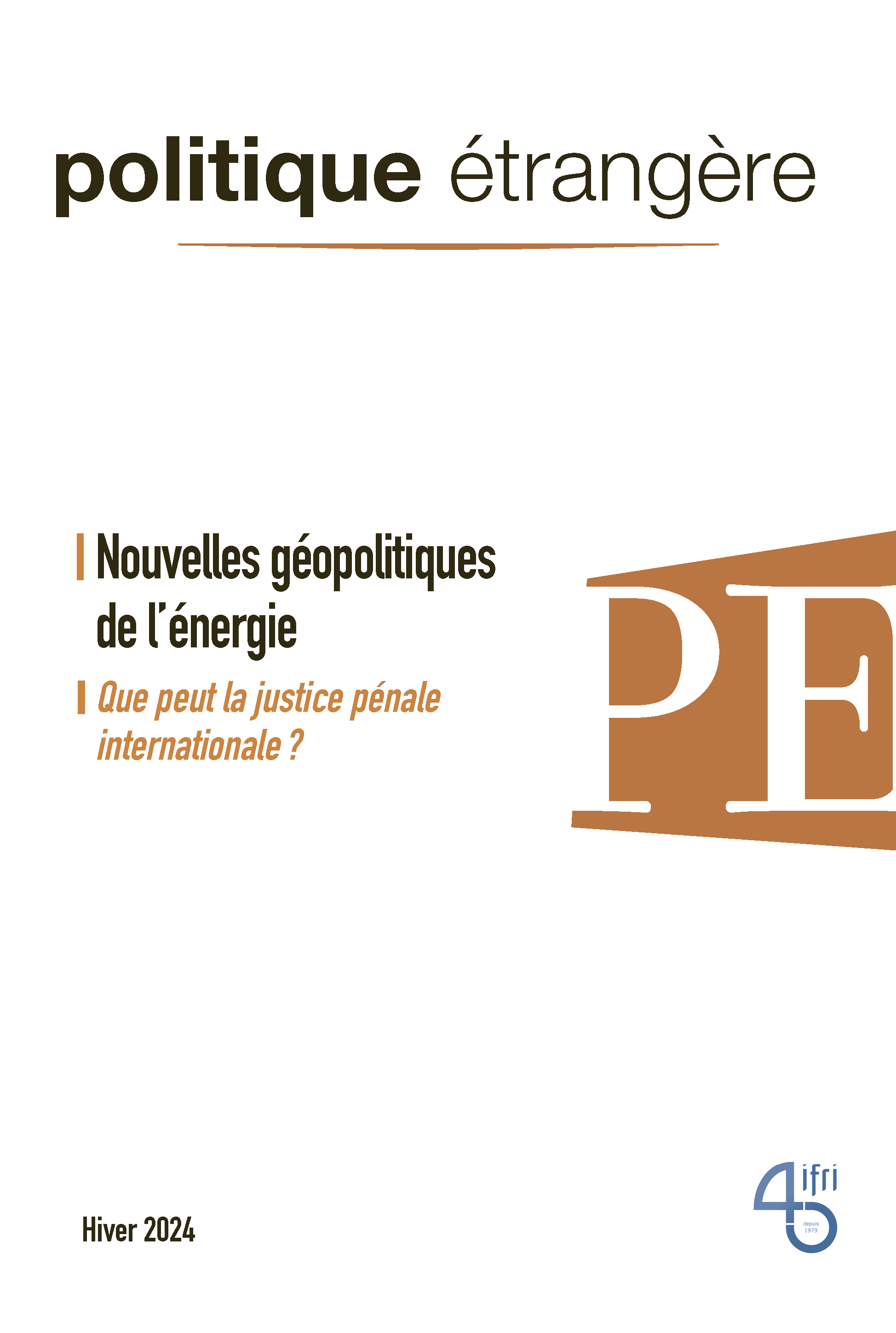
The New Geopolitics of Energy
Following the dramatic floods in Valencia, and as COP29 opens in Baku, climate change is forcing us to closely reexamine the pace—and the stumbling blocks—of the energy transition.
Can carbon markets make a breakthrough at COP29?
Voluntary carbon markets (VCMs) have a strong potential, notably to help bridge the climate finance gap, especially for Africa.
Taiwan's Energy Supply: The Achilles Heel of National Security
Making Taiwan a “dead island” through “a blockade” and “disruption of energy supplies” leading to an “economic collapse.” This is how Colonel Zhang Chi of the People’s Liberation Army and professor at the National Defense University in Beijing described the objective of the Chinese military exercises in May 2024, following the inauguration of Taiwan’s new president, Lai Ching-te. Similar to the exercises that took place after Nancy Pelosi’s visit to Taipei in August 2022, China designated exercise zones facing Taiwan’s main ports, effectively simulating a military embargo on Taiwan. These maneuvers illustrate Beijing’s growing pressure on the island, which it aims to conquer, and push Taiwan to question its resilience capacity.


